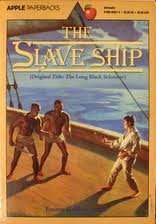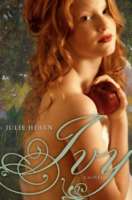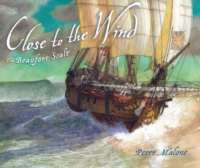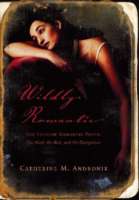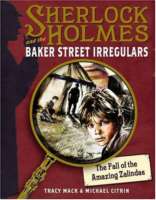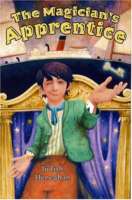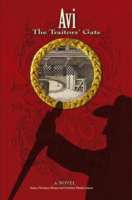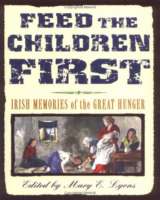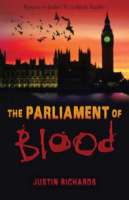
George Archer, Liz Oldfield, and Eddie Hopkins have made a rather unfortunate discovery: vampires actually exist, and they really do feed on human blood. Using an underground labyrinth of tunnels beneath Victorian London, these sinister creatures intend on destroying the human race, and they’ll start by taking over the most powerful place in London: the House of Parliament. Through their research on ancient mysteries and a secret London Gentlemen’s Club, George, Liz and Eddie come up with a plan to beat the vampires at their own game. And they better do it soon, before they become the vampires’ next meal . . .

